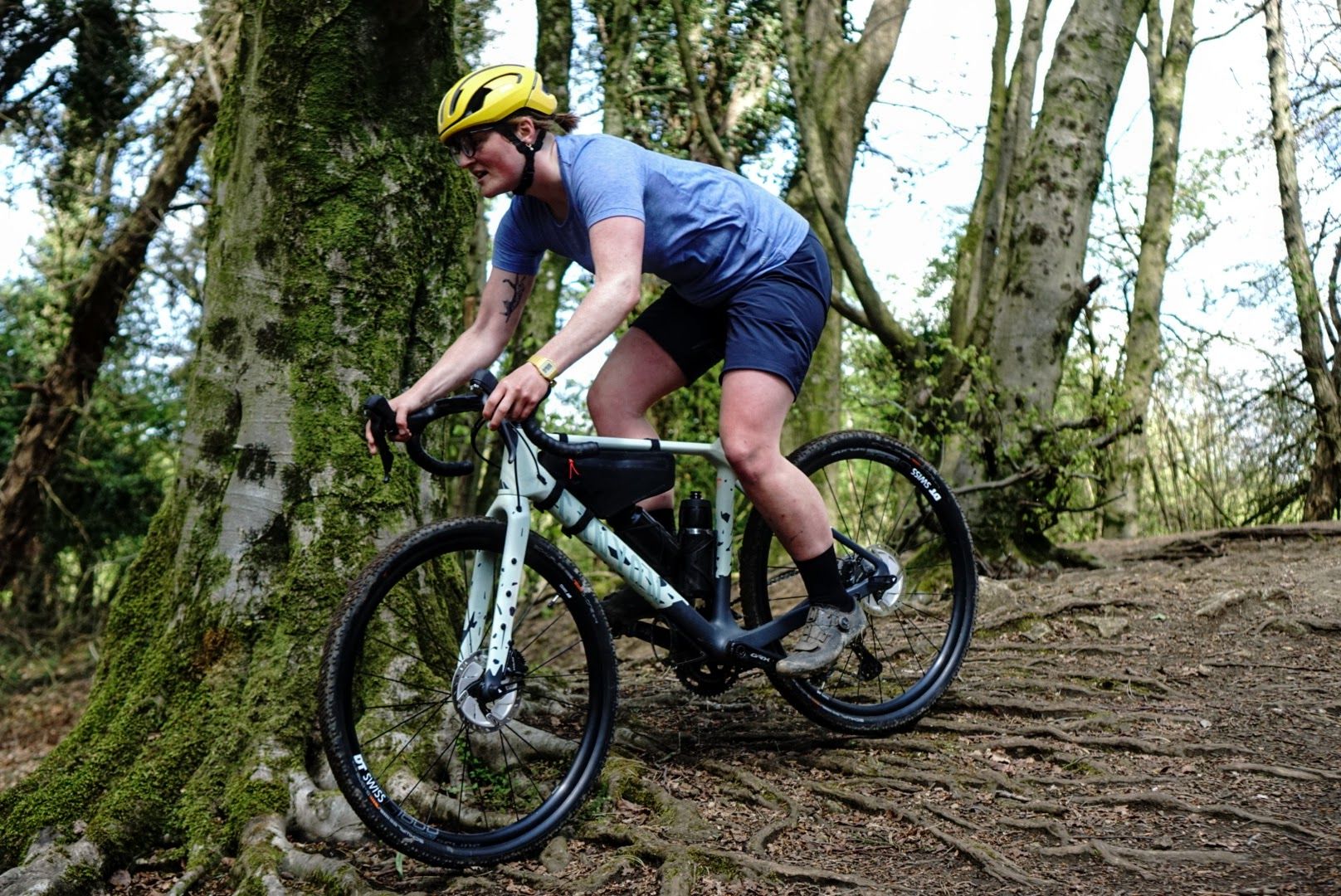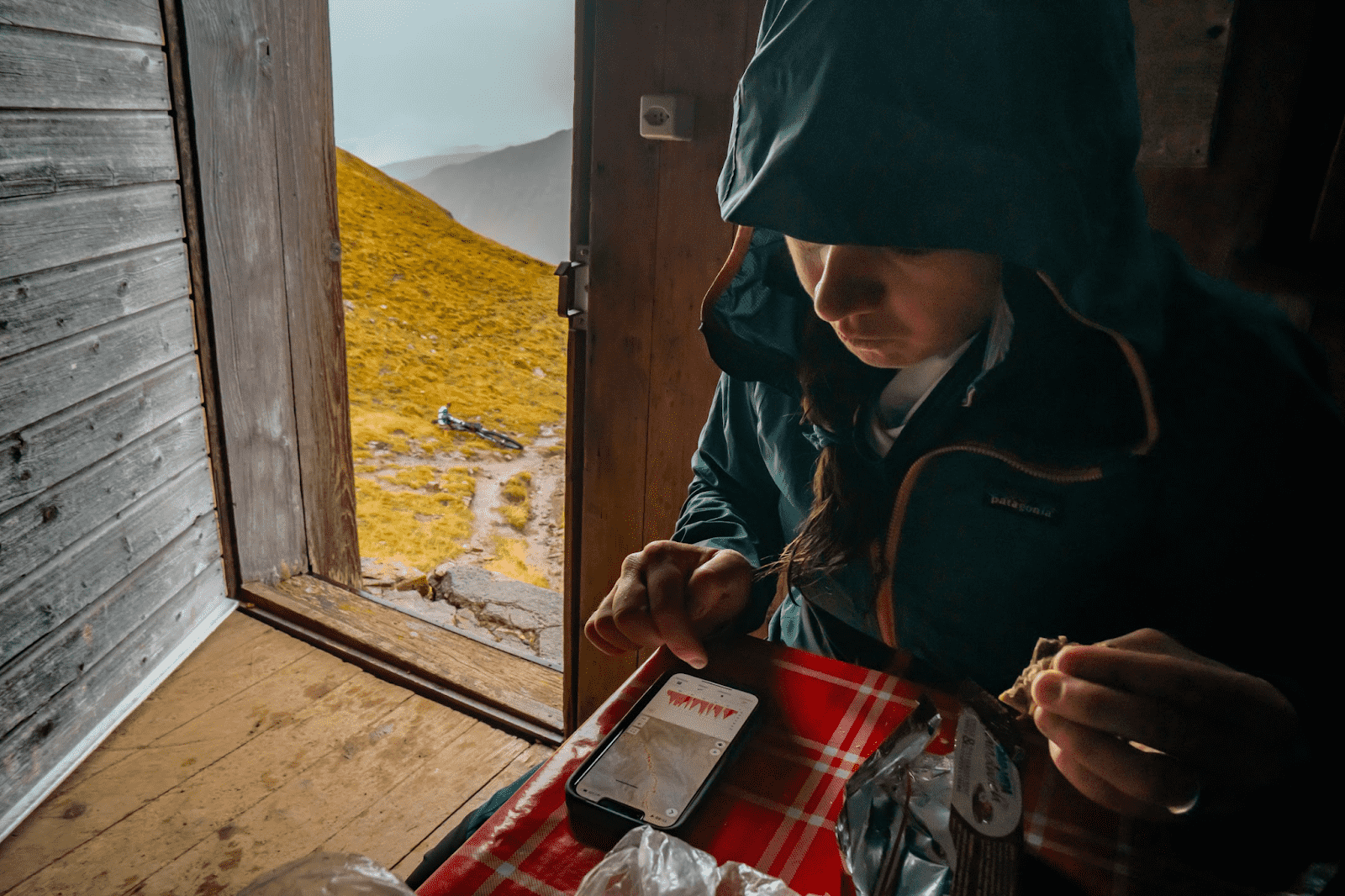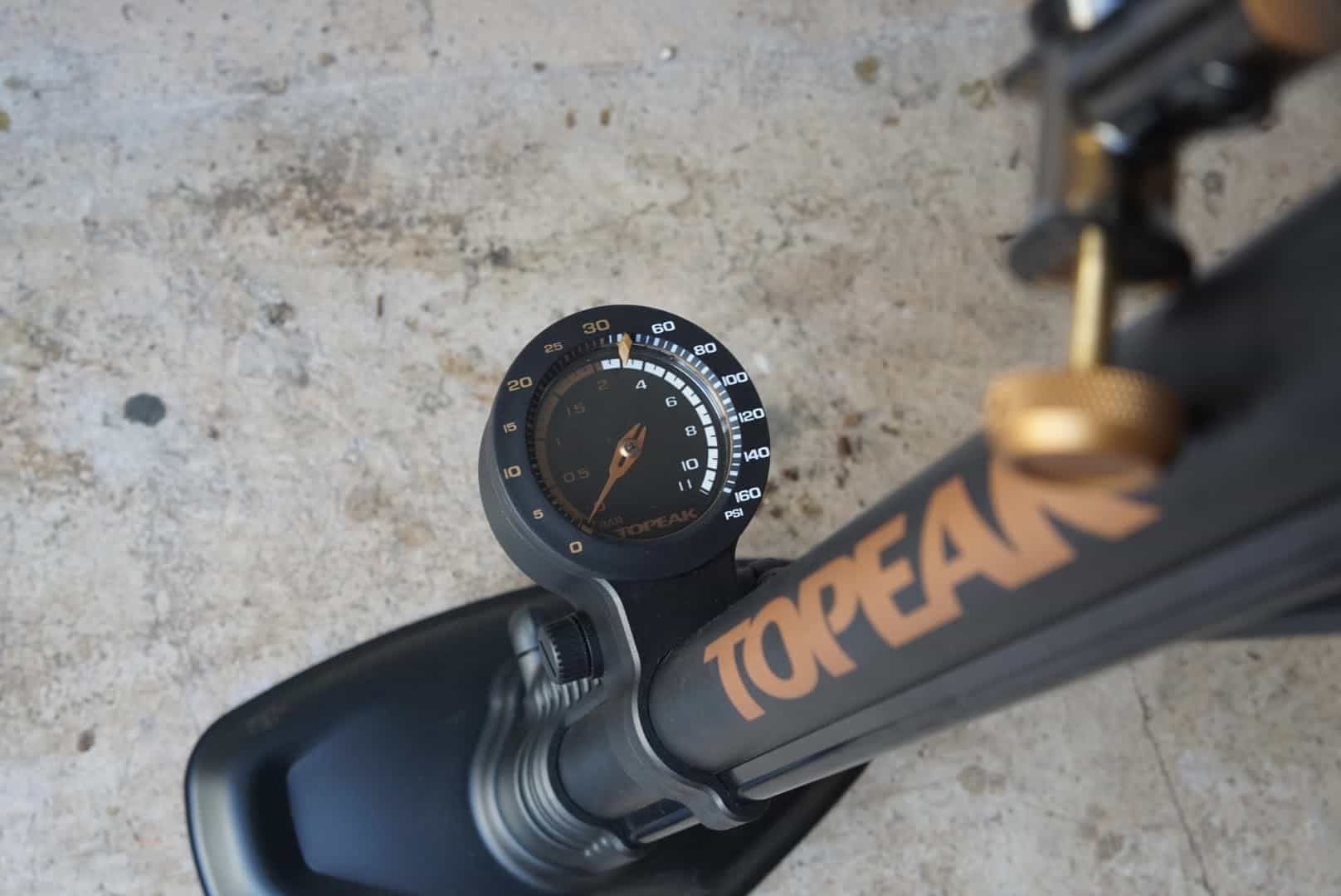
Laka’s Essential Guide to Cargo Bikes
Curious about cargo bikes but don’t know whether one would suit your needs and lifestyle? Want to know your front-loaders from your three-wheelers?


Curious about cargo bikes but don’t know whether one would suit your needs and lifestyle? Want to know your front-loaders from your three-wheelers?

Gone are the days where all cycle route planning was done using paper maps and with manual calculations. These days, we have a huge range of digital tools available to us to help plot some great cycling routes, whether that’s simply heading out from your back door or exploring somewhere new.

Riding a bike is one of the most fun things you can do, whether that’s a weekend ride out with your friends and family, flying past all the traffic on your cycle commute or nipping about town on errands.

What are the most essential bike tools to own as a cyclist? From getting set up with the right bike fit to basic maintenance and replacing worn parts, here’s our round up of essential bike maintenance tools to keep your steed running sweet.

Fancy trying out some clipless pedals but don’t know where to start? Don’t panic - here we’ll guide you through exactly what clipless pedals are, the types available and why they’re great, as well as the types of cleats for cycling so you can decide which are the best for you.